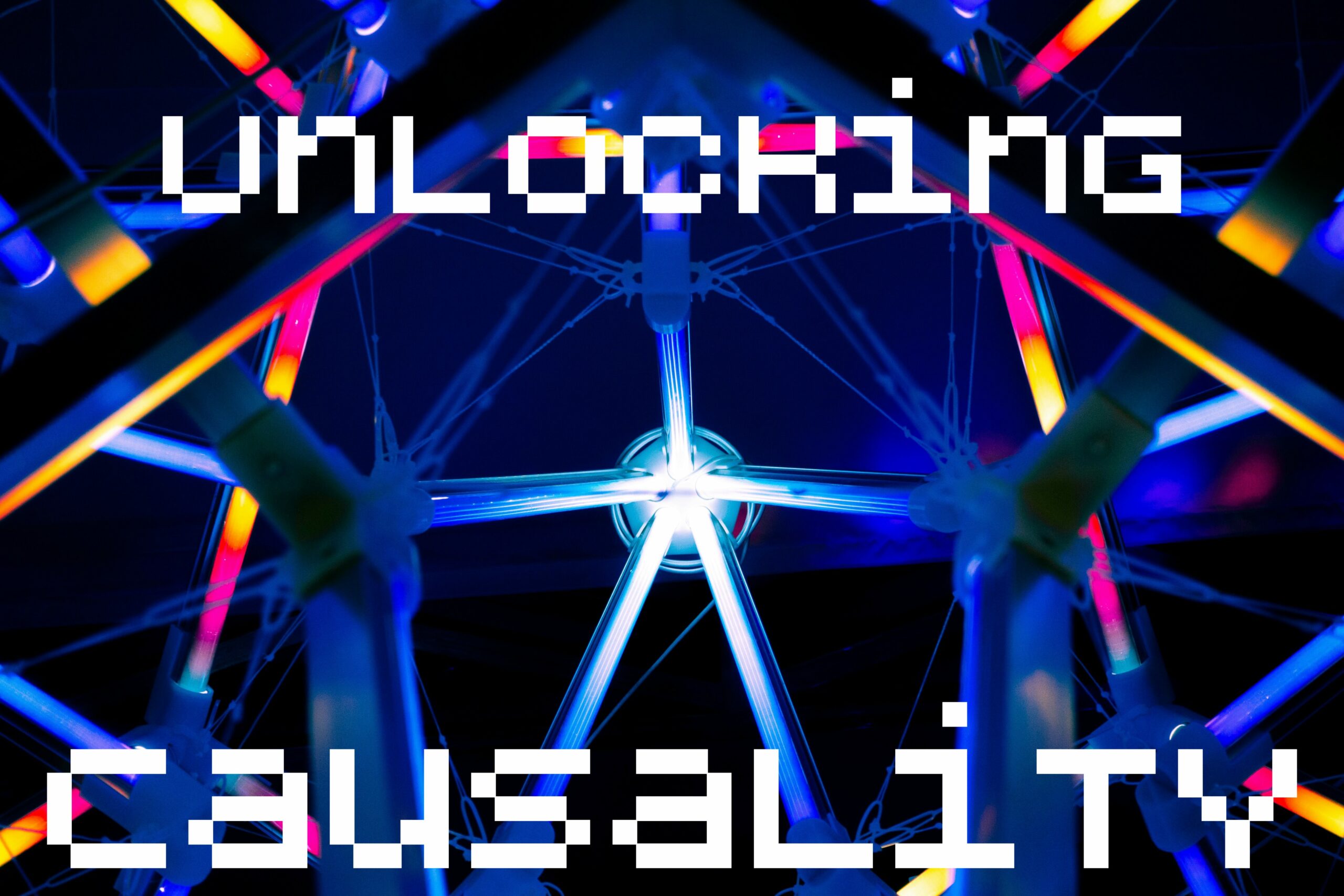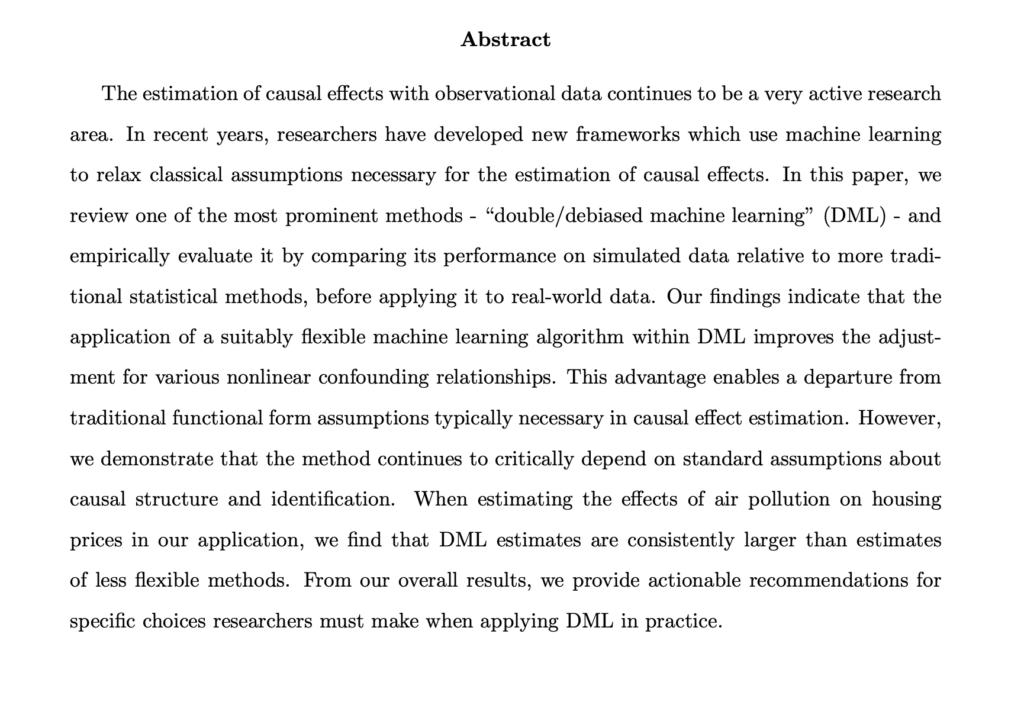
In a groundbreaking study by Jonathan Fuhr, Philipp Berens, and Dominik Papies from the University of Tübingen, Germany, the complexities of estimating causal effects using observational data have been addressed through the innovative application of double/debiased machine learning (DML). This novel approach, detailed in their recent publication, promises to significantly enhance the accuracy and reliability of causal inference in various scientific disciplines.

The Dilemma of Observational Data
Traditionally, estimating causal effects from observational data has been fraught with challenges. Unlike experimental data, where researchers can control variables, observational data require assumptions to identify causal relationships. These assumptions, often untestable, have historically limited the effectiveness of causal inference methods. However, the advent of machine learning (ML) technologies has introduced new possibilities for dealing with complex, high-dimensional data, offering a path to relax these stringent assumptions.
Double Machine Learning: A New Horizon
DML stands out by utilizing advanced ML algorithms to adjust for confounders in observational data. This technique leverages the predictive power of ML while maintaining the unbiased nature of traditional statistical methods. The Tübingen researchers’ comprehensive analysis highlights DML’s superior performance in accurately estimating causal effects, especially in scenarios with nonlinear confounding relationships.
The methodological innovation of DML allows for a departure from traditional assumptions about functional forms necessary in causal effect estimation. It offers a robust framework for handling various data complexities, thereby enhancing the credibility of causal inferences drawn from observational studies.
Empirical Validation and Recommendations
Through extensive simulations and real-world data applications, the research team has demonstrated DML’s efficacy. Notably, their analysis revealed that DML estimates of the effects of air pollution on housing prices were consistently larger than those obtained using less flexible methods. Such findings underscore DML’s potential in yielding more accurate causal effect estimates under complex confounding scenarios.
The study also provides actionable guidance for researchers on implementing DML, including the selection of appropriate ML algorithms and considerations regarding sample size and confounding strength. The recommended use of gradient boosting, for instance, highlights the importance of choosing ML algorithms that are well-suited to the specific challenges of causal inference.
Looking Ahead
As DML continues to evolve, its application is expected to broaden, with implications for a wide range of fields from economics to healthcare. The work of Fuhr, Berens, and Papies not only contributes to the advancement of statistical methodology but also opens up new avenues for empirical research, enabling more reliable causal analyses based on observational data.
The Tübingen team’s research represents a significant leap forward in our ability to understand and interpret the complex web of causal relationships in the world around us. As we move into an era where data-driven decisions become increasingly prevalent, the role of sophisticated methodologies like DML in ensuring the accuracy and reliability of these decisions cannot be overstated.
Link to paper: https://arxiv.org/pdf/2403.14385.pdf


